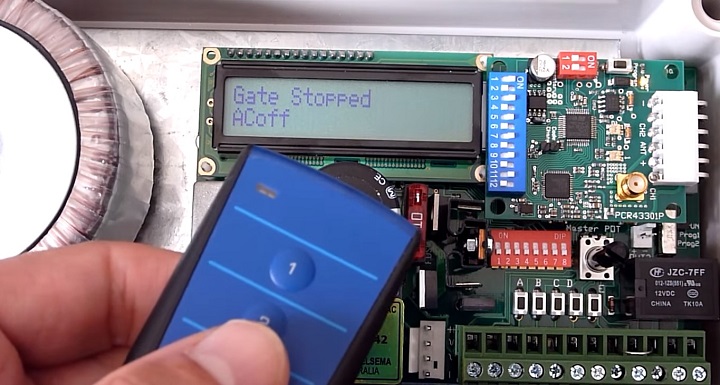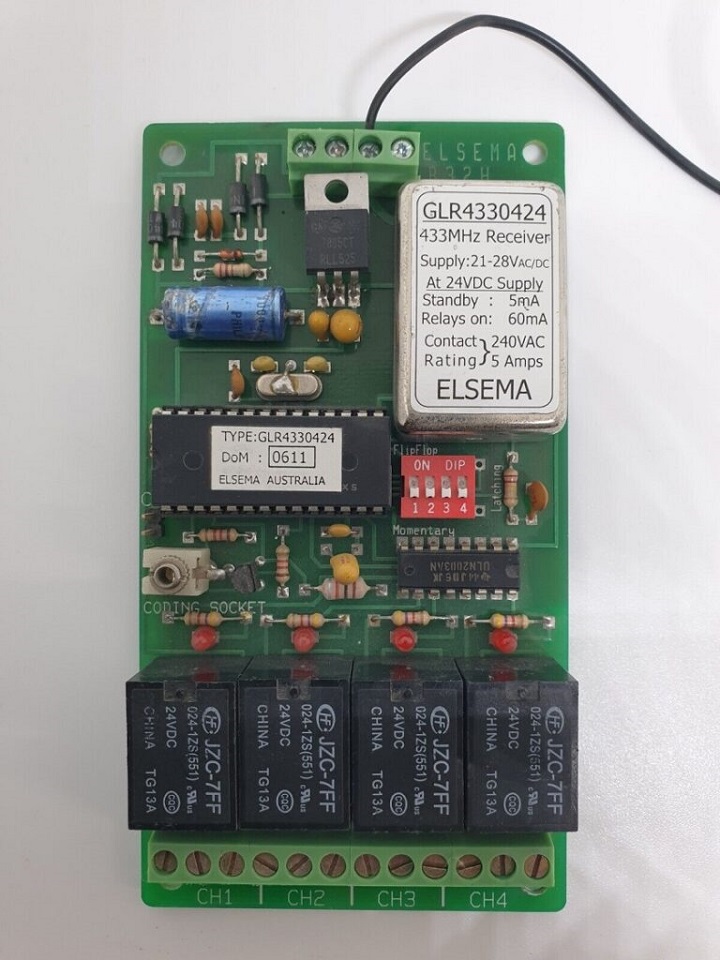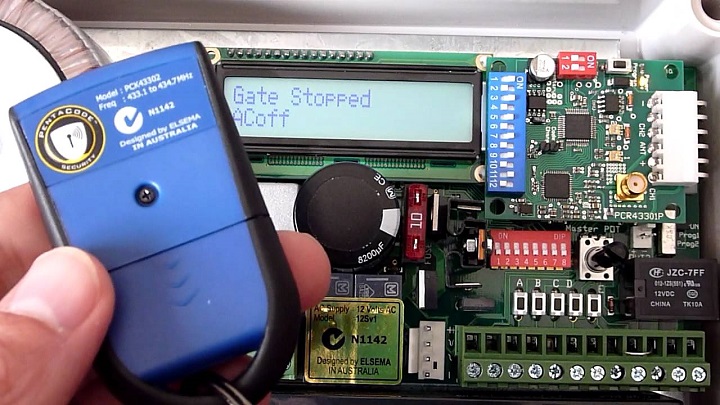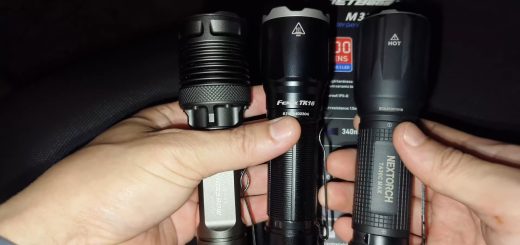Wireless Transmitters: An In-Depth Look at Features and Applications
Wireless technology has greatly impacted the world we live in today. It’s used in smartphones, tablets and wearables, two-way radios, and internet communication, among hundreds of other real-world applications. The technology has also been expanded to industry, where it helps in process control, automation and safety, and fields as diverse as oil exploration and irrigation to general manufacturing. The technology has existed for over a century, with the advent of radio, largely replacing cumbersome wired systems, while reducing overall operating costs.
Wireless Basics

In simple terms, wireless communication is the transmission of signals between two or more points without the use of wires or cables. The two integral components in this sense are wireless receivers and transmitters. They’re the cornerstone of hundreds of technologies we take for granted today and operate via electromagnetic or radio waves in a set frequency.
Different frequencies and wireless signals have been used throughout the years. Some like VHF (operating between 30 and 300MHz) and UHF (300MHz to 3GHz) in terrestrial television have been relegated to history, while others such as Bluetooth (2.4GHz) are gaining more ground. The same can be said of Wi-Fi and the range of frequencies, such as 5G, now the set standard for mobile communications. As mentioned, the technology is used in areas like remote control, internet communications, and automated industrial processes.
How It Works -Transmitters
Transmitters are crucial components in any wireless setup. They work by converting electrical signals from various inputs into defined radio waves that can travel at a distance and be received by compatible devices, or simply, receivers. The technology has been used for television and radio broadcasting, data transmission, security systems and basic items such as remote controllers.
A key aspect of the transmitter is frequency modulation or encoding. This can be varied within a scope of one or countless frequencies to prevent interference and ensure signals reach wireless receivers.
More on Receivers

Receivers capture emitted signals, demodulate them, and convert them to usable electrical signals found in items as diverse as mobile phones, satellite radios, or complex circuitry used to control industrial machinery and equipment. Demodulation removes the amplitude, frequency and phase of the initial signal, and allows devices to recover the original information, message or prompt before it was encoded. It’s wireless receivers then that convert radio waves of varied frequencies into usable data.
To operate, a wireless system can have a varied number of transmitters and receivers. Radio and TV broadcasting is still based on thousands or millions of receivers (before the advent of DAB and internet radio), while the stations use one or a handful of transmitters dispersed at different locations for improved signal acceptance. Alternately, in gated security systems, a single receiver that opens and closes one door can be operated via one or multiple transmitters.
How Interference is Controlled
Considering how many devices operate wirelessly, governments and regulation bodies have established several commercial and free frequency ranges. The main aim is to prevent signal interference, for example, between commercial, industrial or military applications. And to transmit signals, you’ll require a licence for commercial uses. There’s also the push to establish mutual free frequencies, in areas including navigation, transport and radio transmission. These in Australia are in the 476.42 to 477.41MHz frequency range for CB radio, while UHF frequencies operating at 433MHz are the most common for wireless security doors and gates and devices with remote control.
Why Consider 433MHz Receivers and Transmitters?

Transmitters and receivers using the low 433MHz operate at very low currents, so use little power. Most in fact can be battery-powered, so installed in remote locations without direct access to a mains connection. Transmitters operating at this frequency range can send uninterrupted signals to receivers over 1000 metres away. And since they’re operating at shorter wavelengths, the units are compact, can be concealed, and have smaller antennas.
To be able to decode and effectively use data from transmitters, the receivers come in one or multiple channels and can be operated from countless transmitters. To ensure security, they have extensive coding capabilities letting users choose from up to 4 billion codes. Signals also get through via high-sensitivity circuitry and use simple but effective crystal control for enhanced reliability. Like transmitters, the modules are compact and effective for multiple uses or settings.
Typical Uses
A 433MHz wireless transmitter and receiver kit are effective for everyday and commercial uses. The modules can reliably beam and receive uninterrupted and encoded signals at large distances, making them the main components of various remote control, security and weather monitoring systems. They can also remotely control lights, turn appliances or machinery on and off, or control irrigation systems at defined times. The main use though is in security systems, where they inform of intrusions, or control and limit movement on commercial and industrial premises.
Whatever the use, wireless is expanding into multiple fields, to enhance security, convenience, automation, and operating simplicity. And the technology is constantly evolving to meet different needs and offer new possibilities.












